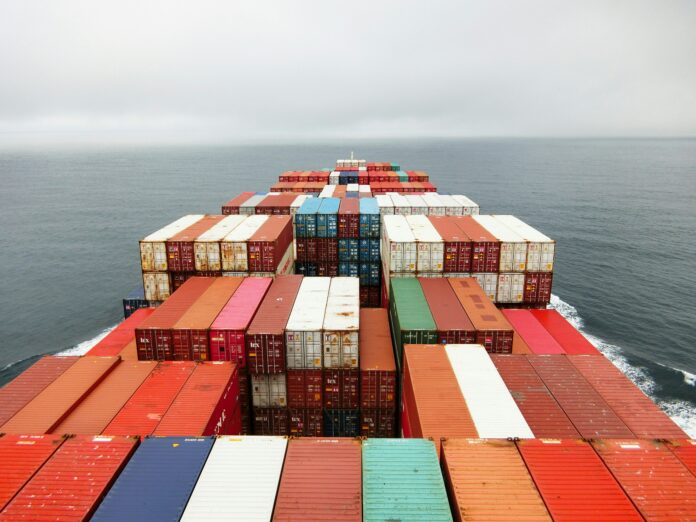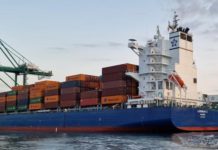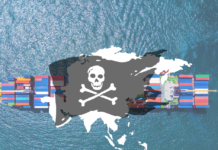
President Trump announced plans for new Section 232-based sectoral tariffs late last month on certain types of furniture imports, pharmaceuticals and trucks to go into effect in October. These moves may be part of White House preparations for the possibility that the Supreme Court will strike down the International Emergency Economic Powers Act-based tariffs which make up the lion’s share of the Trump duties introduced since the beginning of the year.
The pharmaceutical tariff plan has since been postponed, and duties on heavy trucks are now slated to start only in November. Furniture tariffs, the most significant of these sectors for ocean freight, are set to take effect on October 14th.
USTR port call fees for Chinese carriers and vessels are scheduled to start October 14th as well. Non-Chinese carriers are making additional, last-minute adjustments to their vessel deployments to minimize their exposure to the fees. Chinese carriers COSCO and OOCL, meanwhile, have made few changes and COSCO has advised customers not to expect service disruptions or surcharges due to the fees. As such, it seems unlikely shippers will experience much of an impact once the new law takes effect.
As the roll out date approaches, the Chinese government announced a change to its maritime laws that allow it to apply retaliatory fees or bar port and crucial data access to vessels from countries that take discriminatory actions against Chinese vessels or carriers. American carriers, like Matson, and US flagged vessels make up a modest share of transpacific volumes, so this kind of response may not have an outsized impact, but does represent an escalation as the deadline approaches.
In the meantime, ocean container spot rates have continued to slide. With Golden Week behind us and peak season over for both the transpacific and Asia – Europe trades, a demand lull is likely to take hold on these lanes until the lead up to Lunar New Year some time in January.
Transpacific rates fell 16% to the West Coast last week to a possibly loss-making $1,554/FEU, and prices slid 18% to the East Coast to $3,260/FEU. Asia – Europe rates fell 9% to less than $2,000/FEU and Asia – Mediterranean prices fell 6% to $2,217/FEU – with all these lanes at least 60% lower than this time last year and at or near their lowest levels since just before the start of the Red Sea crisis almost two years ago.
That rates are falling to this degree while Red Sea diversions are still in place suggests that capacity growth is a big factor in lower rates across the industry, with the eventual end of the war in Gaza primed to release even more capacity back into the market.
Some carriers are aiming to increase Asia – Europe rates moderately on mid-October GRIs. But the success of these increases – or at least a stop to the rate slide here and on the transpacific – will likely depend on carriers removing sufficient levels of capacity through blanked sailings and service suspensions announced through end of the year.
The US government shutdown has not impacted ocean freight so far, though there have been reports of delays and disruptions to US air cargo flows. The recent typhoon in the Far East likewise did not have a major impact on China-US air cargo rates, with Freightos Air Index prices for the lane down 13% last week to about $4.50/kg suggesting no significant ocean to air shift. Rates are significantly lower than this time last year when prices were nearing the $7.00/kg mark, possibly reflecting the impact of the decrease in e-commerce volumes on this lane.
Asia – Europe prices slide 9% week on week to $4.06/kg after climbing to $4.45/kg – a high for the year – just before Golden Week. Some typhoon-driven ocean to air shift may be helping keep rates above the $3.50 – $3.70/kg range held for most of July and August. That prices have been just above or even with H2 rates last year despite significant demand growth on this lane likely points to capacity shifts to this lane as the market adjusts to mostly trade-war driven changes to volume flows.
Written by: Judah Levine, Head of Research, Freightos Group (Nasdaq: CRGO)





